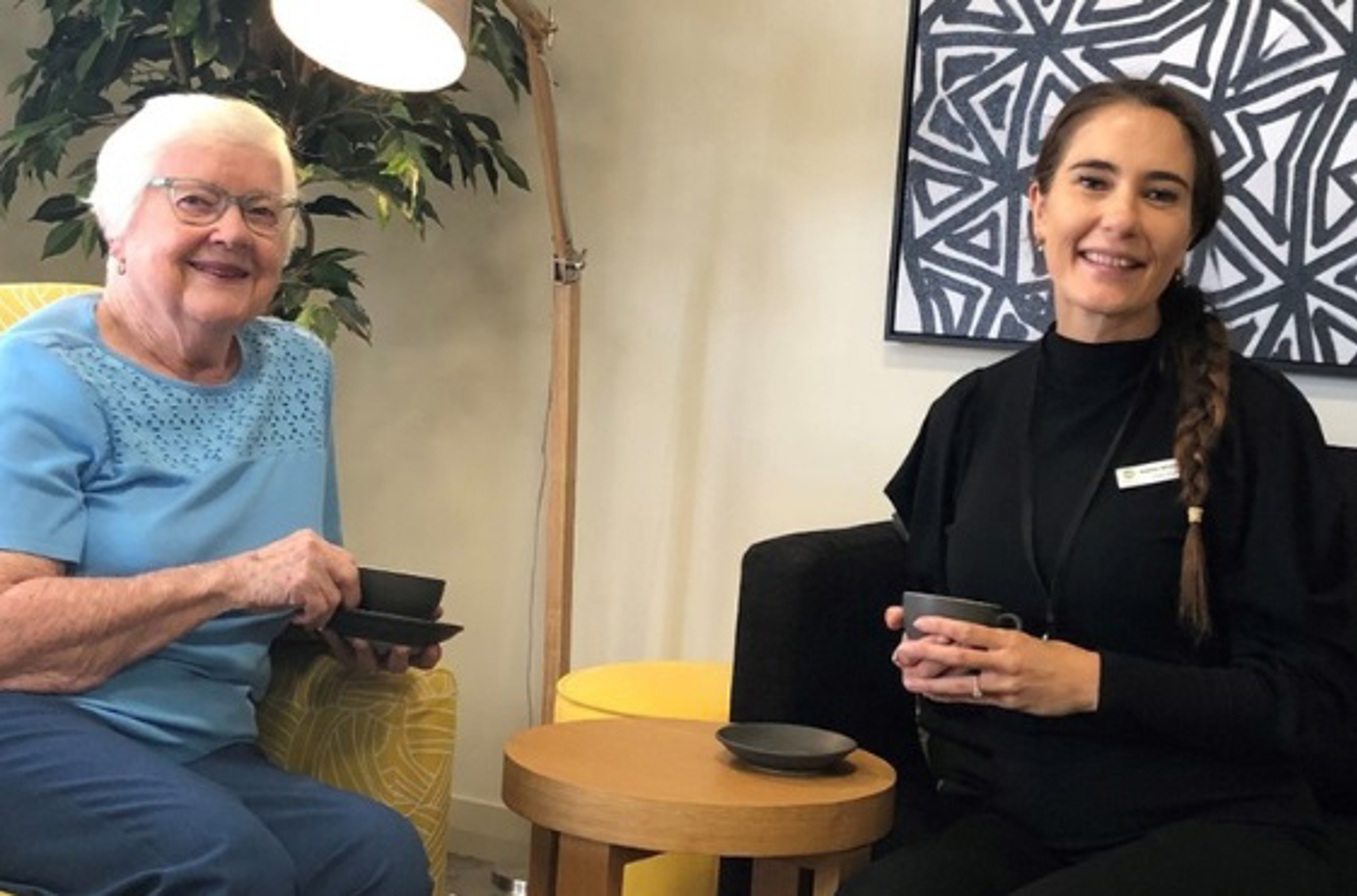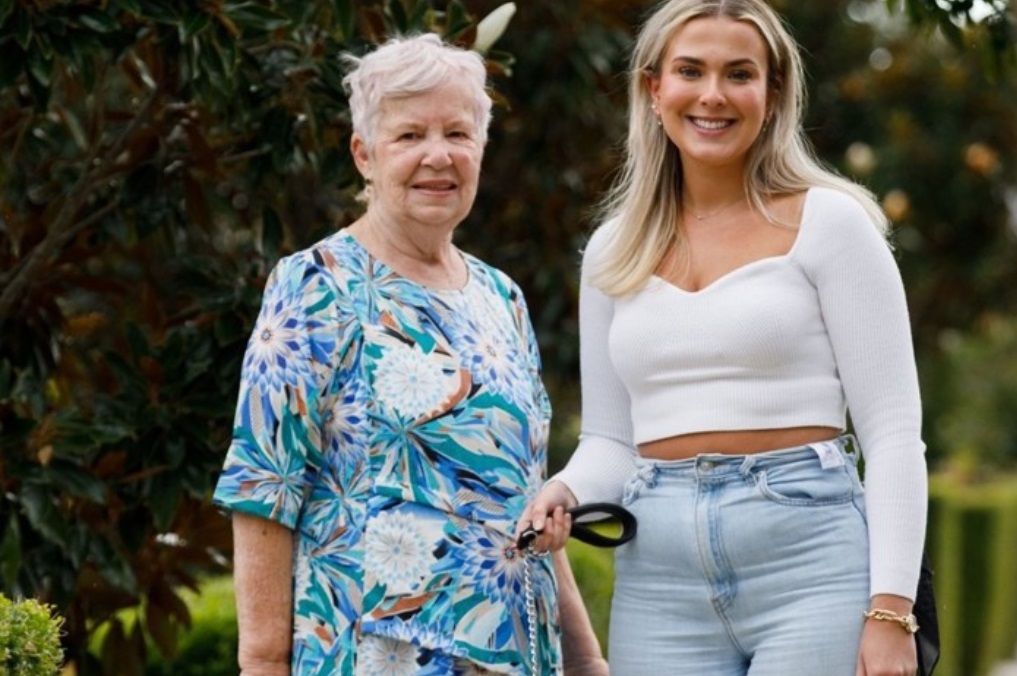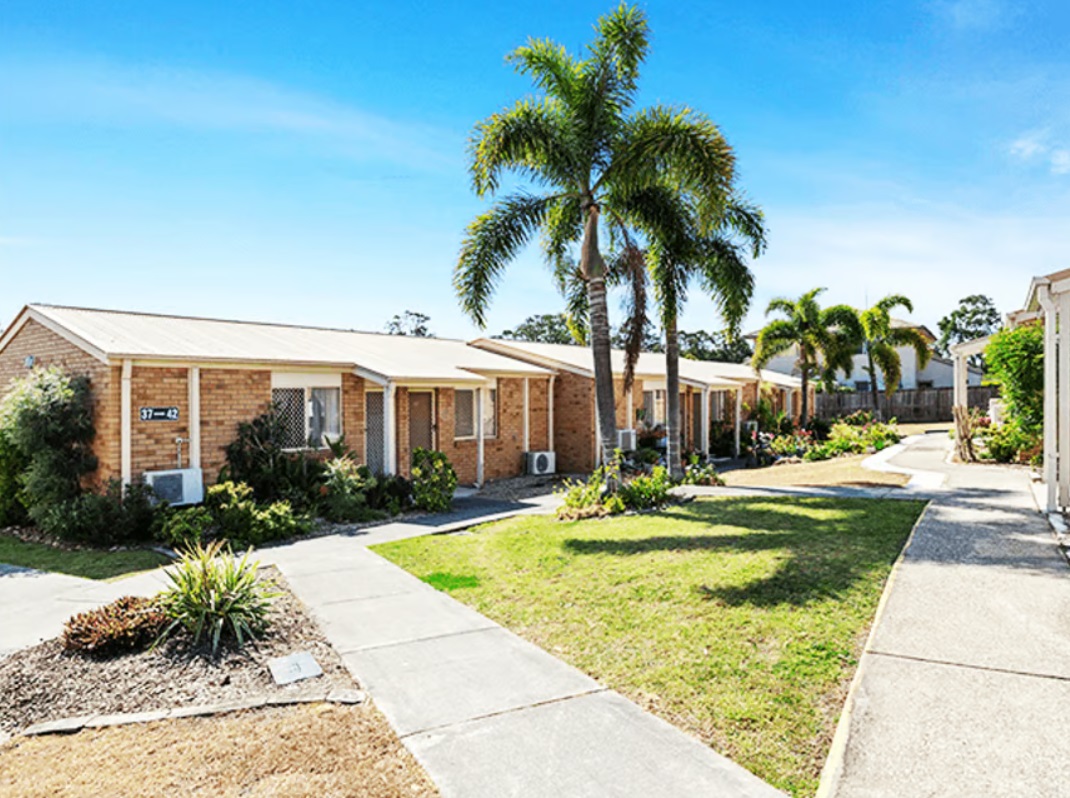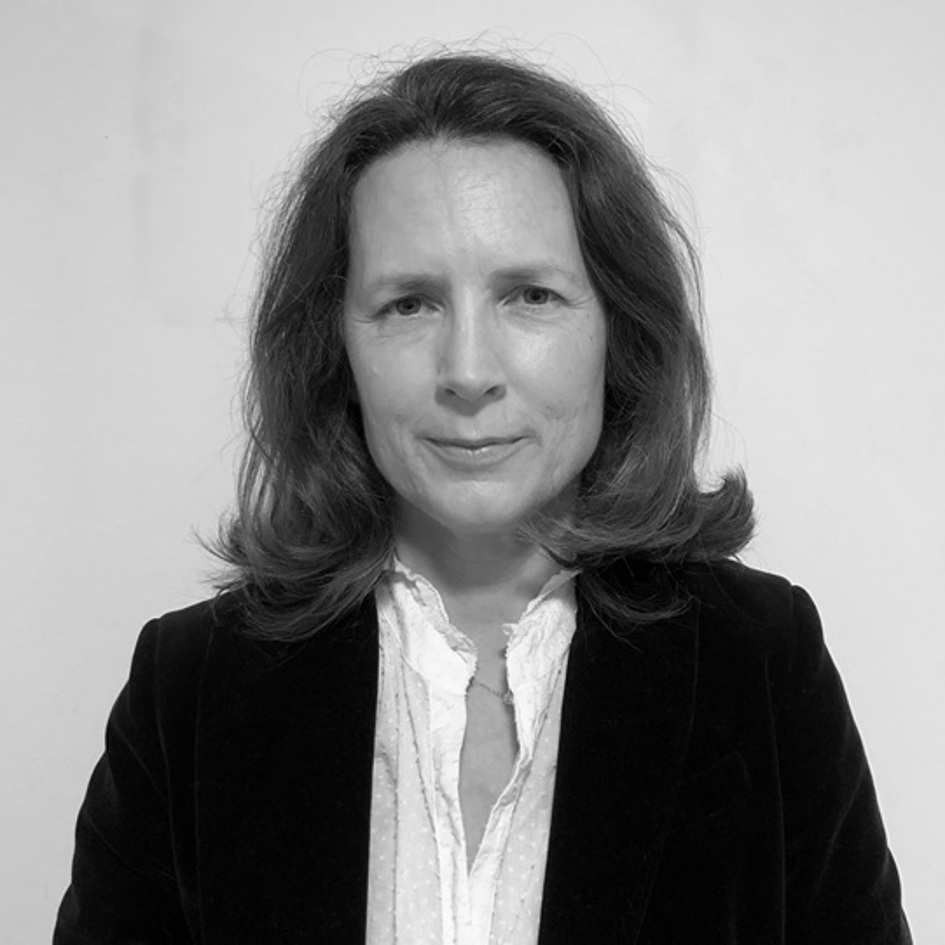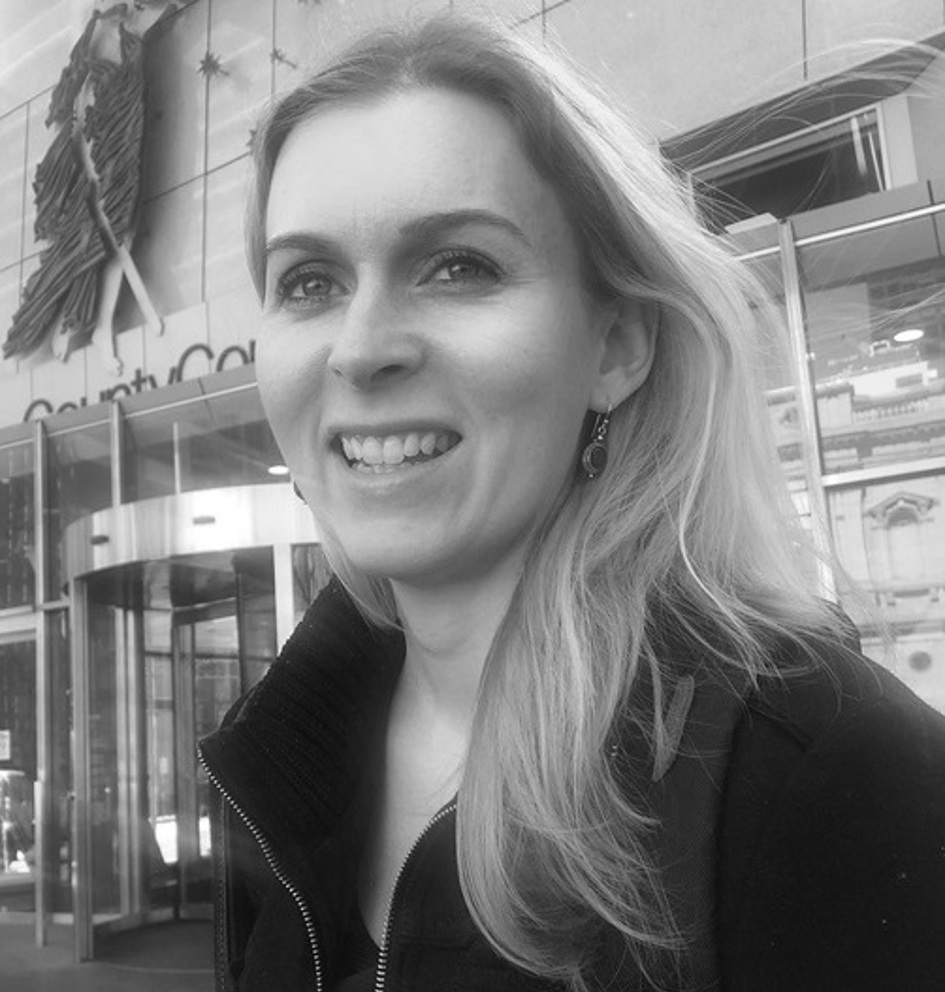4 Steps to Finding the Right Aged Care Solution for you
As we age, ensuring access to the right care becomes an essential part of maintaining quality of life and well-being. The right aged care solutions are incredibly important. Aged care is more than just a service; it’s a support system that can provide dignity, comfort, and companionship during life’s later stages. However, navigating the world of aged care can feel overwhelming. With so many options available—residential facilities, in-home care, or assisted living—it’s crucial to find a solution that aligns with your loved one's needs and preferences. Here, we will provide a simple aged care guide.
This article aims to help you through the process, breaking it into manageable steps so you can confidently make an informed decision.
1. Book an ACAT Assessment
Before you can apply for an aged care home, it’s essential to undergo an assessment with the Aged Care Assessment Team (ACAT). This step is crucial as it helps determine the level of care and support you or your loved one may require, ensuring the chosen aged care solution meets individual needs. What is an aged care assessment? The assessment itself is designed to feel like an informal conversation, typically lasting between 45 to 75 minutes. During this time, ACAT professionals gather information about your health, daily living abilities, and personal circumstances to provide a tailored recommendation. If you’d like to learn more about the ACAT assessment process and how it works, visit our page about aged care assessments for a comprehensive overview.
To make the most of this important step, take some time to think about the following:
- What specific care needs should be discussed?
Reflect on any particular needs you have, like assistance with mobility, managing medications, or personal care. Jot these down and prioritize them so nothing gets overlooked during the discussion. - Are there daily tasks or activities you find challenging?
Be honest about the things you struggle with, whether it’s cooking, bathing, or keeping track of medications. Mentioning these will help the assessors recommend the right level of support for you. - Do you have preferences for the type of care or support?
Consider whether you’d prefer in-home care, residential care, or a mix of both. Your preferences are important and should be part of the conversation during the assessment.
By preparing your thoughts on these questions, you’ll ensure the ACAT assessment captures your unique situation and sets you on the path to the right aged care solution.
2. Submit an Income and Assets Assessment Test
Understanding the Income-Tested Care Fee
When moving into aged care, the Department of Human Services uses your financial information to calculate the income-tested care fee you may need to pay. This process includes evaluating your income and assets, such as shares, property, and other investments, to determine how much you can contribute toward your care.
- Why the Assessment is Important
The financial assessment plays a key role in determining your aged care costs. It ensures that fees are tailored to your financial situation, making aged care more affordable for those with limited resources. By understanding your assets and income, the Department can fairly assess how much support you’ll need to cover care expenses. - How to Complete the Assessment
To get started, gather your financial documents, including recent bank statements, details of investments, and information about your property or other assets. You’ll also need to fill out the necessary forms, such as the Residential Aged Care Calculation of your Cost of Care (SA457) form, which can be submitted online or by mail. Being thorough and organized will help speed up the process. - Understanding the Results
Once the assessment is complete, you’ll receive a notification outlining the fees you’ll need to pay. This information is invaluable for planning your finances and understanding what support options you may qualify for. Use this as a guide to budget effectively and explore available funding or subsidies.
The financial assessment plays a key role in determining your aged care costs. By understanding your assets and income, the Department can fairly assess how much support you’ll need to cover care expenses.
If you’d like more details about the income and assets assessment and how it works, visit our Income and Assets Test guide for a deeper dive.
Key Questions to Ask When Preparing for Your Financial Assessment
Getting ready for your financial assessment is an important step in planning for aged care. Taking a moment to think through these questions can help you feel confident and prepared:
- Are there any assets or investments you need to declare?
Make a list of all your assets, including shares, properties, savings, or other investments. Having a clear understanding of what needs to be declared ensures an accurate and thorough assessment. - How will the assessment impact your financial planning for aged care?
Think about how the assessment results might influence your budget and long-term financial plans for aged care. If you’re unsure about the best way to move forward, consider seeking advice from a financial advisor who specializes in aged care. - What steps can you take to ensure the accuracy of the information provided?
Double-check all the financial details you’re submitting, from asset values to income figures. If you’re feeling uncertain, consult with a professional to verify everything is correct before submitting your information.
By carefully considering these questions and preparing your financial details, you’ll be on the right track to ensuring a smoother aged care journey. Before you can be offered a place in an aged care home you’ll need to formally apply. We recommend applying for at least three homes. Remember, the more you apply for, the more likely you are to be offered a place and avoid going on a waitlist.
3. Create a Shortlist of Aged Care Homes and Apply
Before you can be offered a place in an aged care home you’ll need to formally apply. We recommend applying for at least three homes. We will help you create an aged care facility checklist. Remember, the more you apply for, the more likely you are to be offered a place and avoid going on a waitlist.
Shortlisting Aged Care Homes
- Researching Aged Care Homes
Start by exploring online directories to identify aged care homes in your area. Websites like Aged Care 101 offer comprehensive listings and reviews to help you compare options. Don’t forget to read feedback from residents and families to get a real sense of the quality of care. - Factors to Consider
Think about what’s most important to you. Is the location convenient for family visits? Does the home offer the services your loved one needs, like medical support or social activities? Check out the facilities, such as communal spaces or outdoor areas, and ask about the qualifications and approachability of the staff. - Visiting Potential Homes
Schedule visits to your shortlisted homes to see them in action. Use this opportunity to observe the environment, speak with staff, and ask important questions, like how they handle emergencies or what activities are available. Don’t be shy—this is your chance to ensure it’s the right place. - Submitting Applications
Once you’ve made a choice, gather the necessary documents, including financial information and ACAT approval. Submit your application and follow up with the home to confirm it’s been received and processed. It’s also a good idea to keep communication open for updates on availability.
Ready to start your search? Click below to locate the best aged care homes near you!
4. Sign a Resident Agreement
After being offered a place in an aged care home you’ll need to complete some paperwork to confirm that you understand and accept the terms of moving in. This includes a Resident Agreement, (sometimes referred to as a residence agreement) which everyone must sign. It may also include an accommodation agreement which you will only need to sign if you are contributing to the cost of your accommodation. To learn more about what’s included in a Residential Agreement, visit our detailed guide here. If you're ready to start exploring aged care homes, visit our Aged Care section and find the best options tailored to your needs.
